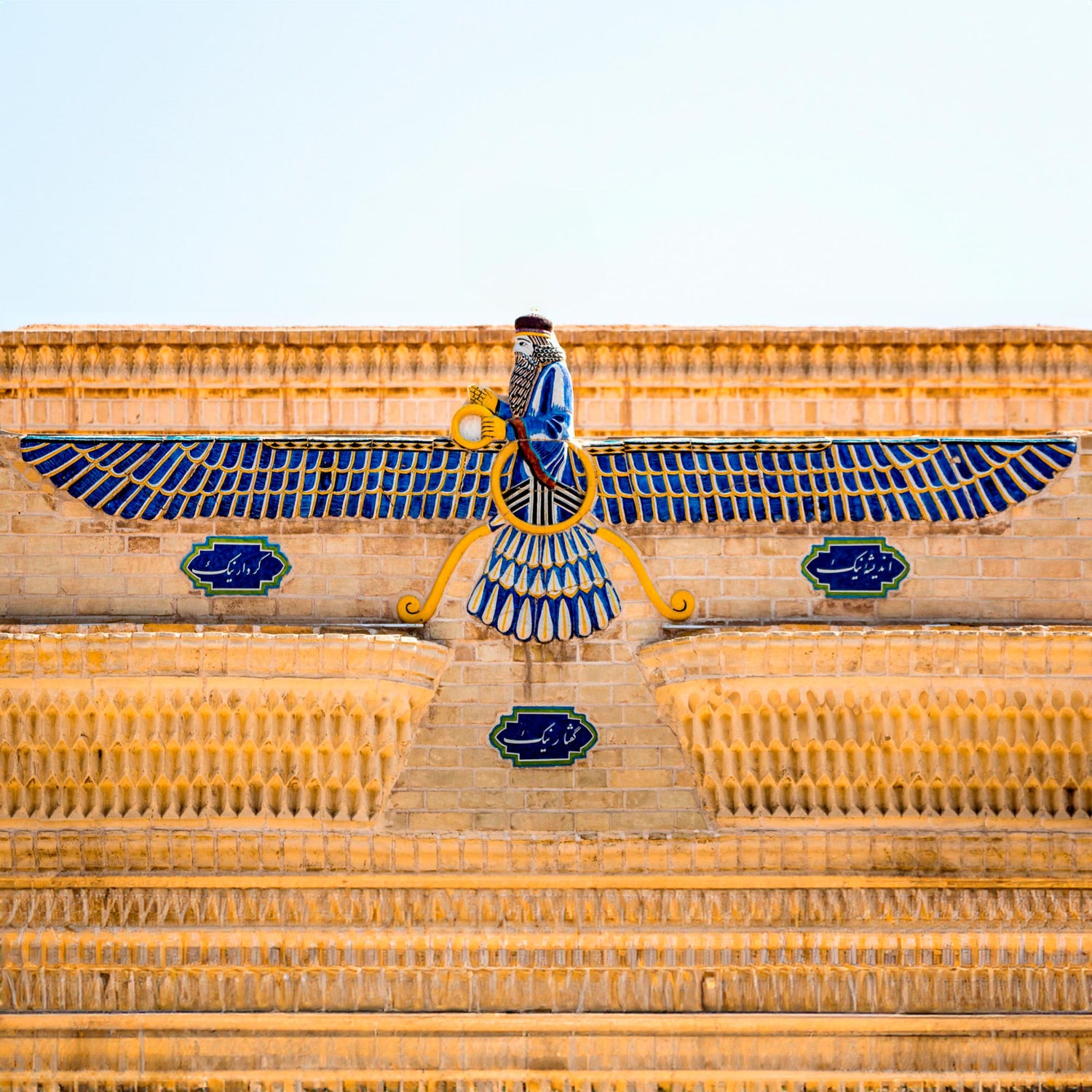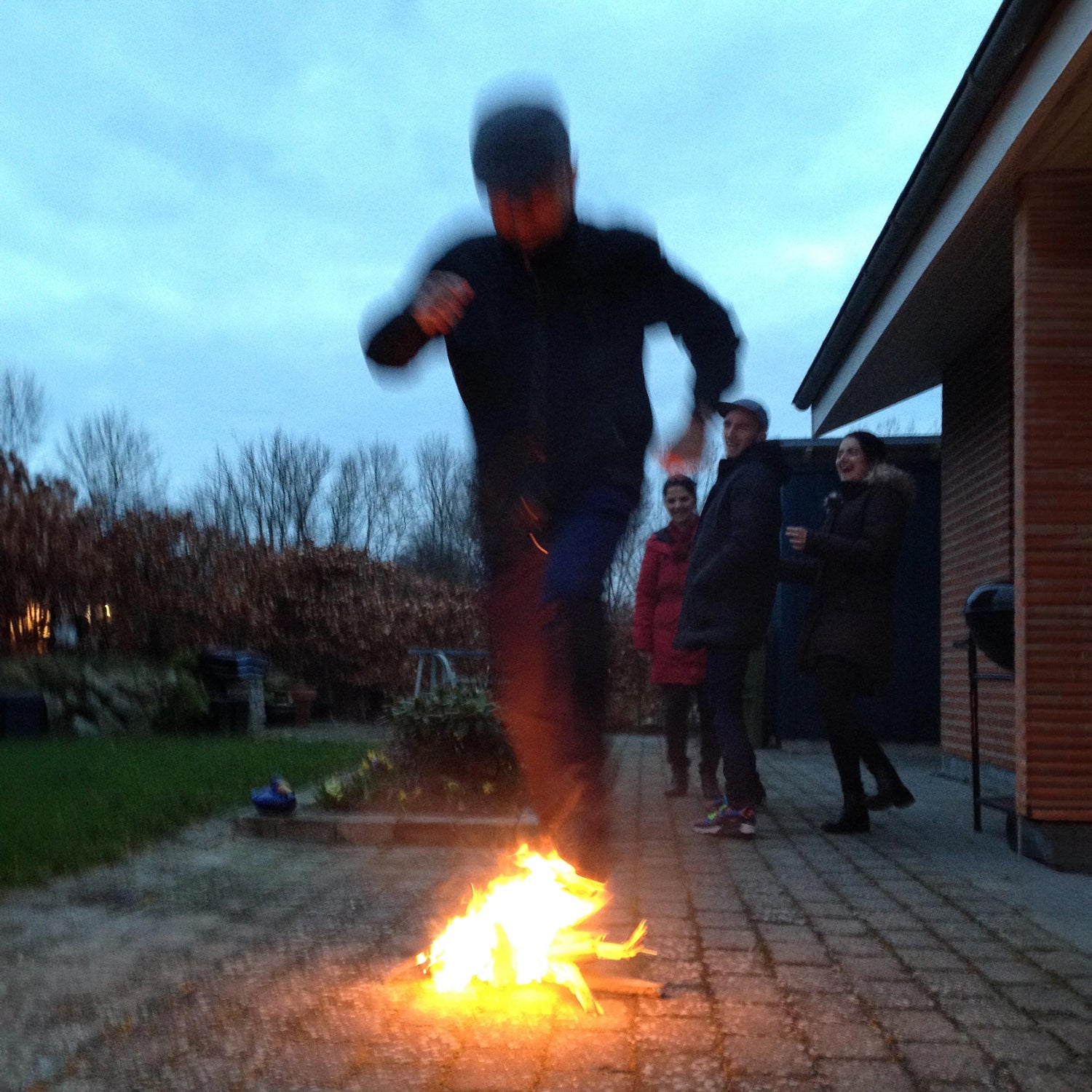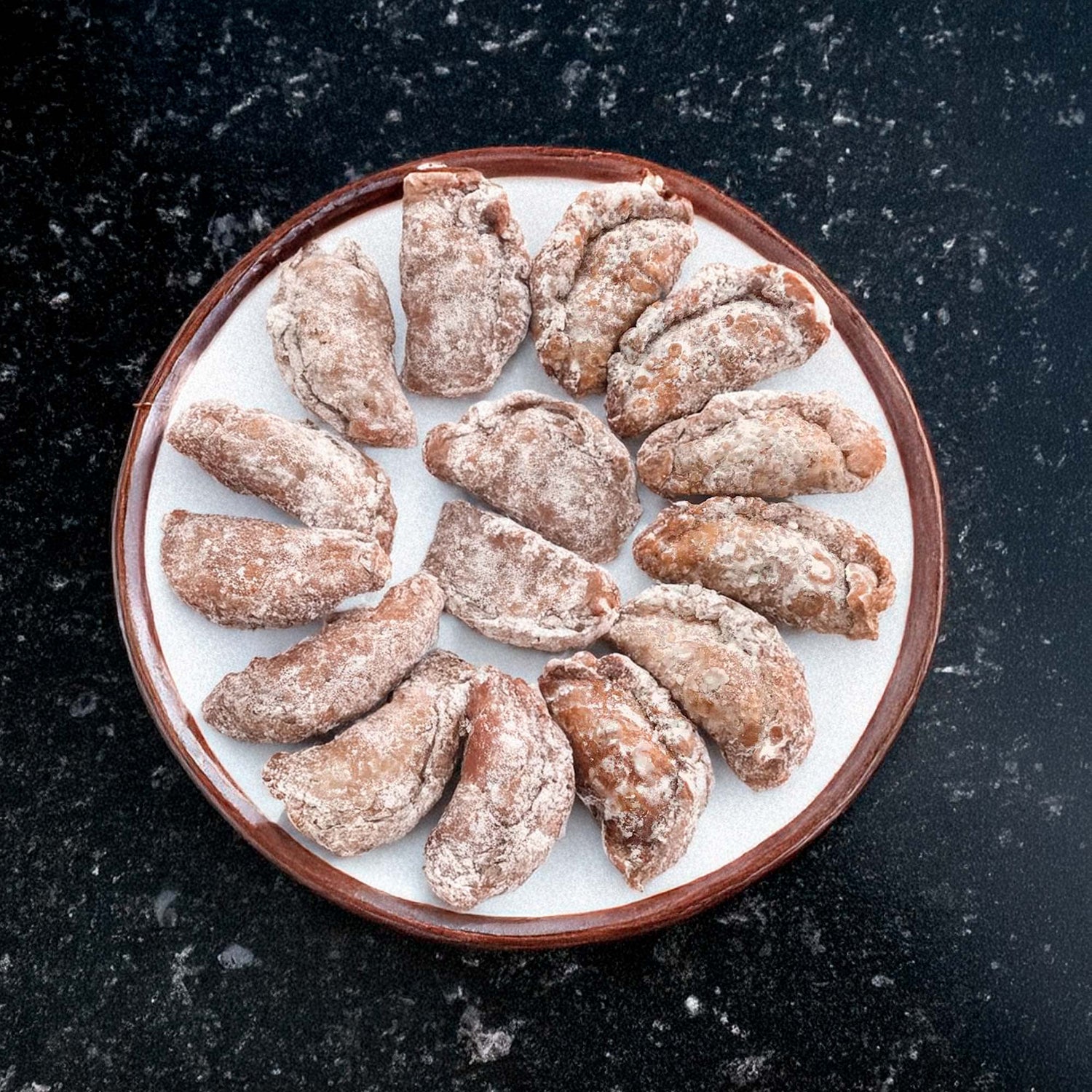Persian New Year (Nowruz): What It Is and How It’s Celebrated
Persian New Year, known as Nowruz, is one of the most cherished and widely celebrated holidays in Iran and many other countries with Persian cultural influence. Rooted in over 3,000 years of history, Nowruz marks the first day of spring and the beginning of the Persian calendar year. It is a time of renewal, joy, and deep cultural traditions that bring families and communities together.
Nowruz Time Selector
Nowruz will occur on: Detecting your location... at Loading...
Time left until Nowruz: Calculating...

The Origins of Nowruz
Nowruz, meaning “New Day” in Persian, has its origins in Zoroastrianism, an ancient Persian religion. It is celebrated on the spring equinox, symbolizing the rebirth of nature and the triumph of light over darkness. Today, Nowruz is recognized as a UNESCO Intangible Cultural Heritage of Humanity, celebrated in countries such as Iran, Afghanistan, Tajikistan, Azerbaijan, and parts of Central Asia and the Middle East.
How Nowruz is Celebrated
Nowruz is more than just a single-day celebration - it is a two-week festival filled with rituals, family gatherings, and festive meals. Here are some of the most important traditions:
1. Khaneh Tekani (Spring Cleaning)
In the weeks leading up to Nowruz, families clean their homes thoroughly to welcome the new year with a fresh start. This tradition symbolizes purification and renewal.

2. Haft-Sin Table
A central part of Nowruz is the Haft-Sin (هفتسین), a table arrangement featuring seven symbolic items, all starting with the Persian letter “S” (س). These include:
- Sabzeh (Sprouted Wheat or Lentils): Symbolizing rebirth and growth.
- Samanu (Sweet Wheat Pudding): Representing abundance.
- Senjed (Dried Oleaster Fruit): Signifying love.
- Seer (Garlic): A symbol of health and medicine.
- Seeb (Apple): Representing beauty.
- Somagh (Sumac): Symbolizing sunrise and patience.
- Serkeh (Vinegar): A symbol of wisdom and aging.
Additional items such as painted eggs, candles, goldfish, and a mirror are also placed on the table to enhance the symbolism of Nowruz.

3. Chaharshanbe Suri (Fire Jumping Festival)
On the eve of the last Wednesday before Nowruz, people light bonfires and jump over the flames, chanting “Zardi-ye man az toh, sorkhi-ye toh az man” (“My yellowness to you, your redness to me”),
symbolizing the cleansing of past misfortunes.
4. Visiting Family and Giving Gifts
During Nowruz, people visit family and friends, exchanging well wishes and Eidi (monetary gifts), especially for children. Elders are highly respected, and visiting them is an important tradition.

5. Special Nowruz Foods
No Nowruz celebration is complete without a feast! Some traditional dishes include:
- Sabzi Polo ba Mahi (Herb Rice with Fish): A symbol of prosperity and new beginnings.
- Kuku Sabzi (Herb Frittata): Representing renewal.
- Ash Reshteh (Persian Noodle Soup): Symbolizing good fortune and interconnectedness.
6. Sizdah Bedar (Nature Day)
On the 13th day of Nowruz, families go outdoors for a picnic, enjoying nature and symbolically casting away bad luck by throwing their Sabzeh into running water.
The Spirit of Nowruz
Nowruz is a celebration of hope, renewal, and togetherness. It transcends borders and religions, bringing people together to welcome the new year with joy and gratitude. Whether you celebrate Nowruz traditionally or are just discovering its beauty, it’s a time to reflect, refresh, and embrace new beginnings.

